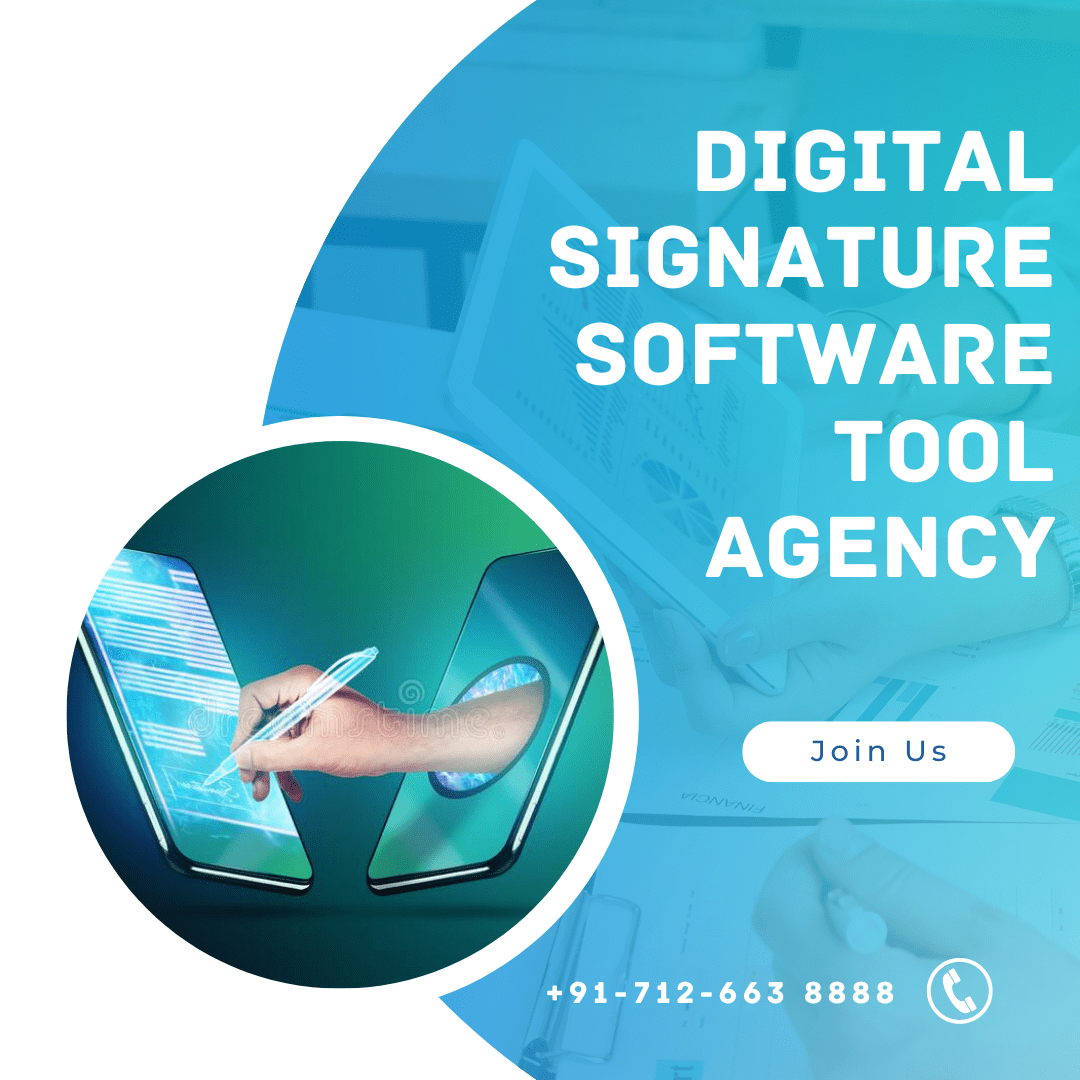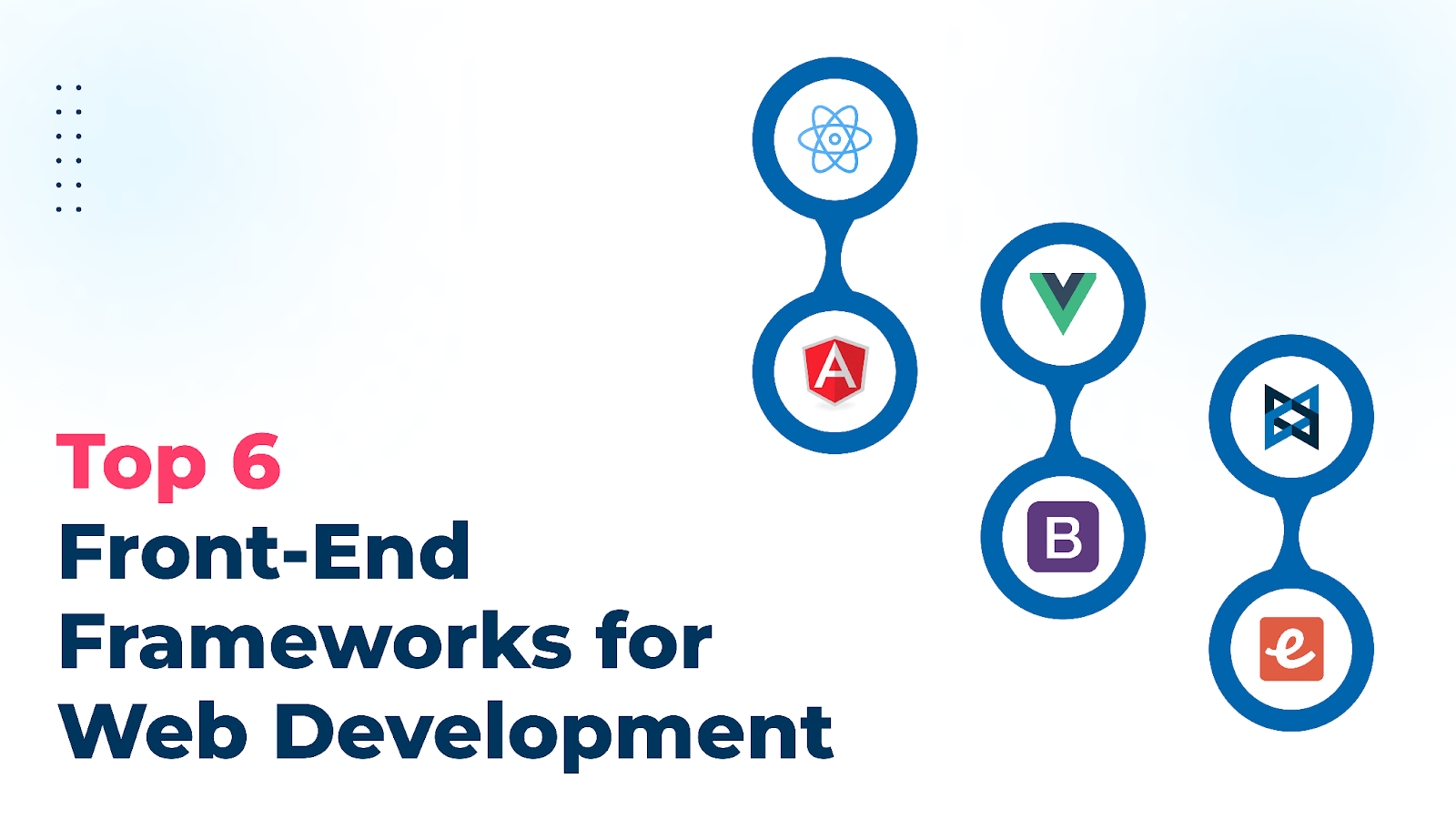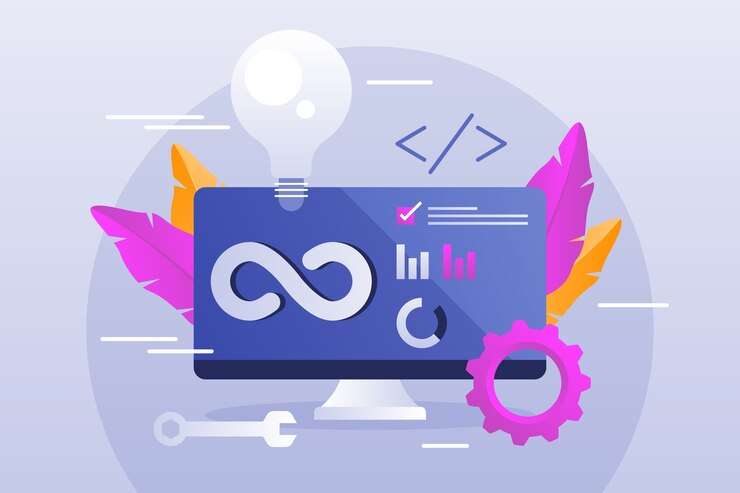In today’s digital age, many industries are moving towards digital solutions to streamline their processes and improve efficiency. The healthcare industry is no exception, with many healthcare providers adopting electronic medical records (EMRs) and other digital solutions to manage patient information. However, with the move to digital comes new challenges, such as the need to ensure the security and integrity of patient data. One solution to this challenge is digital signing software, which can help healthcare providers ensure the authenticity and integrity of patient data. In this blog, we will explore why digital signing software is essential for the healthcare industry.
What is Digital Signing Software?
Digital signing software is a tool that allows users to create digital signatures that are unique, tamper-evident, and verifiable. Digital signatures authenticate digital documents, such as contracts, invoices, and other electronic records. Digital signing software uses cryptographic algorithms to create digital signatures software tool that is virtually impossible to forge or alter.
Why Do You Need Digital Signing Software in the Healthcare Industry?
The healthcare industry is heavily regulated, and healthcare providers must comply with strict laws and regulations to protect patient data. Digital signing software can help healthcare providers meet these regulatory requirements by providing a secure and reliable way to sign and authenticate electronic documents. Here are some reasons why you need digital signing software in the healthcare industry:
Authenticity and Integrity of Patient Data
Patient data is a valuable and sensitive asset that must be protected from unauthorized access, alteration, or deletion. Digital signing software can help ensure the authenticity and integrity of patient data by providing a secure and tamper-evident way to sign and authenticate electronic records. This can help healthcare providers detect and prevent fraud and ensure that patient data is accurate and reliable.
Improved Efficiency
Digital signing software can also improve the efficiency of healthcare providers by reducing the time and resources required to sign and manage electronic documents. With digital signing software, healthcare providers can sign and authenticate electronic documents in a matter of seconds, rather than days or weeks. This can help healthcare providers streamline their processes and reduce administrative burdens, allowing them to focus on patient care.
Enhanced Security
Digital signing software provides an additional layer of security to electronic documents, making it virtually impossible for unauthorized users to access or alter patient data. Digital signatures are created using cryptographic algorithms, which are extremely difficult to crack, ensuring that patient data remains secure and confidential. This can help healthcare providers protect patient data from cyber threats, such as hacking and phishing attacks.
Cost Savings
Digital Signing or bulk signing can also help healthcare providers save money by reducing the need for paper-based documents and manual processes. With digital signing software, healthcare providers can sign and manage electronic documents, eliminating the need for printing, scanning, and mailing paper-based documents. This can help healthcare providers save on paper, ink, and postage costs, while also reducing the time and resources required to manage paper-based documents.
Conclusion
In conclusion, digital signing software is essential for the healthcare industry to ensure the authenticity, integrity, and security of patient data. Providing a secure and verifiable way to sign digital signing software can help healthcare providers comply with regulations, improve efficiency, enhance security, and save money. As the healthcare industry continues to move towards digital solutions, digital signing software will become an increasingly important tool for healthcare providers to protect patient data and improve their operations.









